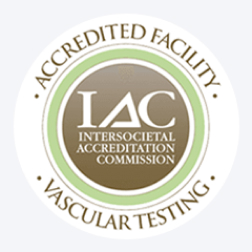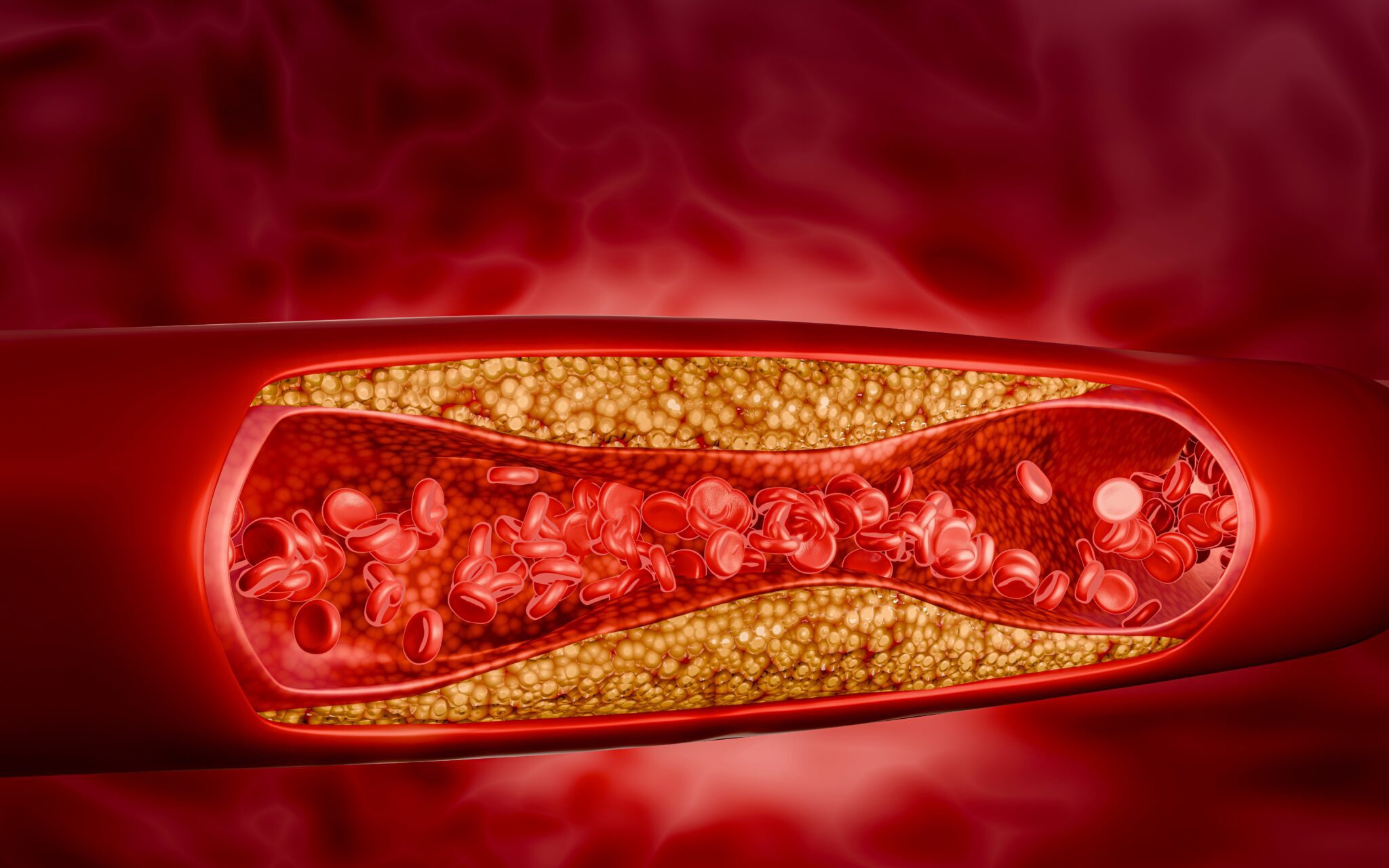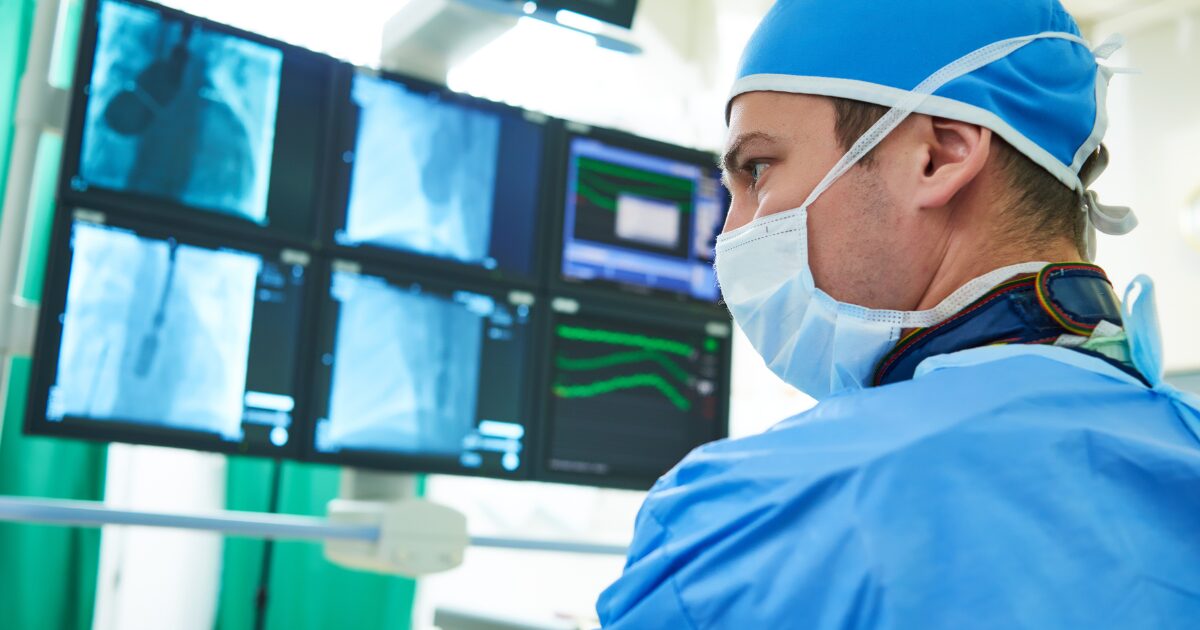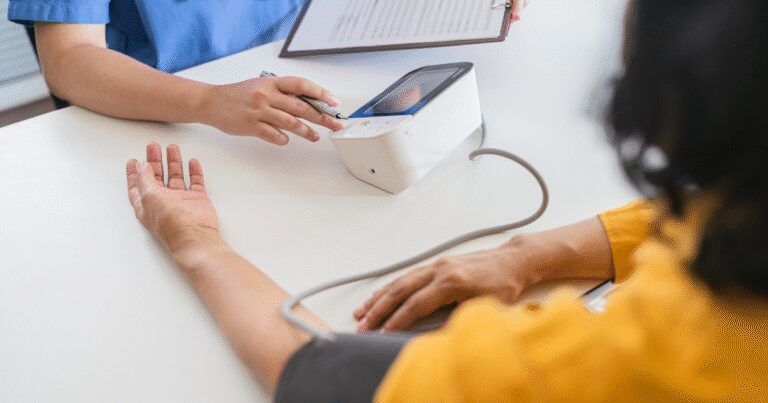Cómo afecta el tabaco a las arterias y aumenta el riesgo vascular
Every cigarette does more than damage your lungs, it directly harms your arteries and puts your entire vascular system at risk. Smoking is one of...
Read More









